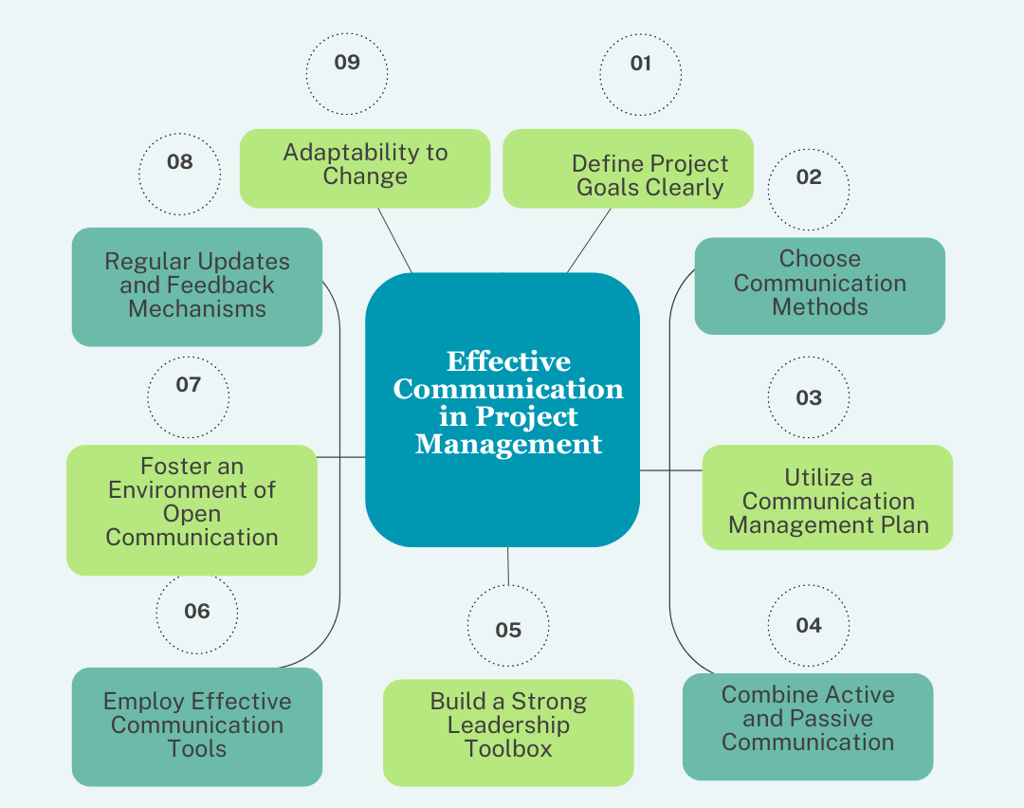Breaking Down Barriers: Effective Communication in Project Management
Effective communication is the cornerstone of successful project management. By combining communication methods and strong leadership, project managers can overcome barriers and lead their teams to success.
Iyanna Trimmingham
7/26/20243 min read


Effective communication is a critical component of successful project management. A project manager’s role encompasses a variety of skills, but effective communication stands out as one of the most important. The ability to clearly articulate a vision and ensure every team member is on the same page can make the difference between a project's success and failure. Whether a project aims for short-term gains or long-term objectives, managing its numerous moving parts requires proficient communication strategies that keep all team members aligned and motivated.
Communicating Vital Information in a Timely Manner
In project management, mishandling tasks can lead to significant delays or even failure. Therefore, project managers need to maintain a clear view of the project's overall scope and be available to address any queries or issues that arise. Clear communication ensures that all team members understand the project's goals, their individual responsibilities, and performance expectations. According to the Association for Project Management, clear communication from the outset includes:
Defining project goals.
Ensuring all team members understand these goals.
Outlining performance expectations and individual responsibilities.
By articulating a clear project vision, project managers can make the execution process smoother and more efficient.
Matching the Communication to the Project
Effective project managers utilize various communication methods tailored to the project's needs and the organization's size. Active communication methods, which involve direct interaction, are often the most effective. These include:
In-person meetings: Direct and personal, facilitating clear and immediate feedback.
Video conferencing: Essential for remote teams, maintaining face-to-face interaction.
Telephone conferencing: Useful for quick updates or when visual aids are unnecessary.
Webinars: Ideal for large teams spread across different locations, combining the reach of the internet with the personal touch of live presentations.
Passive communication methods, although less interactive, are also important. These include:
Emails: Provide a written record, suitable for detailed instructions or formal communications.
Blogs and websites: Serve as a repository of information that team members can refer to as needed.
Online bulletin boards: Facilitate asynchronous updates and discussions.
Podcasts and webcasts: Allow team members to consume information at their own pace.
A successful project manager combines both active and passive methods to ensure comprehensive communication across the team.
The Role of Leadership in Communication
Leadership and effective communication go hand in hand in project management. A leader’s ability to influence, motivate, and direct a team towards a common goal is essential. Effective leaders demonstrate the following traits:
Transparency: Being open and honest in communication builds trust.
Empathy: Understanding and addressing the team’s concerns fosters a supportive environment.
Adaptability: Tailoring communication styles to suit different audiences ensures the message is effectively received.
Tools and Techniques for Effective Communication
Several tools and techniques can enhance communication in project management:
Communication Technology: Tools like project management software, collaboration platforms, and instant messaging services streamline communication.
Communication Methods: Formal methods (e.g., reports, presentations) and informal methods (e.g., casual conversations) both play roles in maintaining effective communication.
Interpersonal Skills: Active listening, cultural awareness, and conflict management are crucial skills for a project manager. These skills help in understanding team dynamics and addressing any issues promptly.
Importance of a Communications Management Plan
A Communications Management Plan is a strategic document that outlines how information will be disseminated throughout the project. It should specify:
Who should receive the communication
What information they should receive
Who will send the communication
How the communication will be sent
How often it will be updated
This plan ensures that all stakeholders are informed and engaged, reducing the risk of miscommunication and project delays.
Strategies for Enhancing Communication
To further enhance communication within a project, consider the following strategies:
Regular Updates: Schedule frequent updates to keep the team informed of progress and any changes.
Feedback Mechanisms: Implement systems for team members to provide feedback and voice concerns.
Conflict Resolution: Develop a clear process for resolving conflicts to maintain a harmonious work environment.
Conclusion
Effective communication in project management is not just about exchanging information; it's about creating a shared understanding and fostering a collaborative environment. It helps in articulating a clear vision and ensuring that all team members are aligned and motivated towards common goals. By mastering a combination of active and passive communication methods, demonstrating strong leadership, and implementing strategic communication plans, project managers can overcome barriers and lead their teams to success. This strategic approach to communication and management not only facilitates project success but also drives personal and professional growth.

